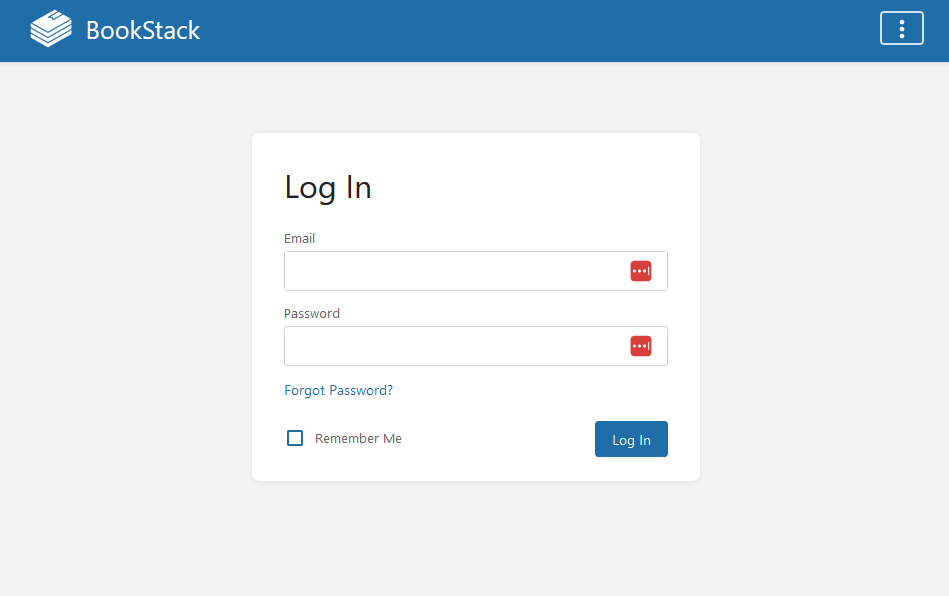Welcome to the second post in my data stack setup journey! 🎉 My goal is to hustle through setting up all the components so I can get to the good stuff: data and analytics engineering.
But first, I need a documentation server, because, let’s be real—I’m already forgetting where I’ve documented things. 🙃
What is Bookstack?
BookStack describes itself as a “simple, self-hosted, easy-to-use platform for organizing and storing information.” I like to think of it as: a wiki that’s easy to host, simple to back up, and doesn’t make you cry.
What are you using this for?
BookStack is my documentation layer in the data stack. Here’s what I plan to use it for:
- Network configurations
- Initial data catalog repository
- Notes and configs for everything I’m doing
Basically, it’s where my brain will live when it can’t keep up. 🧠
Is Bookstack the best option for documentation?
Honestly? I have no idea. It works for me, and the price is right! (Spoiler: it’s free.)
If you’re looking for the definitive guide to all things documentation, this isn’t it. Move along. 😄
Okay whatever, so how are doing this?
I’m using Docker Compose for pretty much everything. Back in the day, I tried installing tools directly on bare metal. It was a pain to maintain and update.
Docker Compose changed the game. Infrastructure as code? Yes, please.
Will you explain how to setup docker and what docker compose and does?
No.
Great.
It is great, you should check it out!
For this setup, I’m using the official LinuxServer.io BookStack Docker image.
The documentation is pretty great. Here’s the base Docker Compose configuration from their docs:
| |
The first thing that sticks out to me is that this image requires a database (that isn’t included). Reading through the documentation BookStack needs a MySQL-compatible database, but one isn’t included in the image. Enter: MariaDB (the first database in this journey).
Now I have a decision to make:
- Add the database to the same
docker-compose.yamlfile. - Set up a separate database container for future reuse.
Since I need this documentation server running yesterday, I’m going with option 1. Let’s flex those Docker skills. 💪
Adding the database: MariaDB 🛢️
LinuxServer.io suggests their MariaDB image, so let’s roll with it:
| |
Stitching it together 🧵
Here’s what I’m adding to the docker-compose.yaml file:
- Environment variables
- The
depends_onproperty so BookStack waits for the database to be ready - A
healthcheckto ensure MariaDB finishes initializing before BookStack tries to connect
Here’s the final docker-compose.yaml:
| |
Environment Variables: .env File
To keep things tidy, I’m storing all sensitive info in a .env file:
| |
Running the containers
With the docker-compose.yaml and .env files in place, it’s time to fire it up:
| |
Well…. Something’s gone wrong.
Checking the logs, I find this gem:
| |
No worries—I run the command to generate the key, update the .env file, and try again.
Success! 🎉
And there it is: my shiny new BookStack instance, up and running.

Next stop: Probably airflow! Maybe. 🛤️